 |
|||||||||||||||
Note that this page, as well as the others that have "Extra" in their titles, are here to present images that would not fit on other pages because of limitations on page size. |
||
— X-15 Art — artwork from author's collection |
||
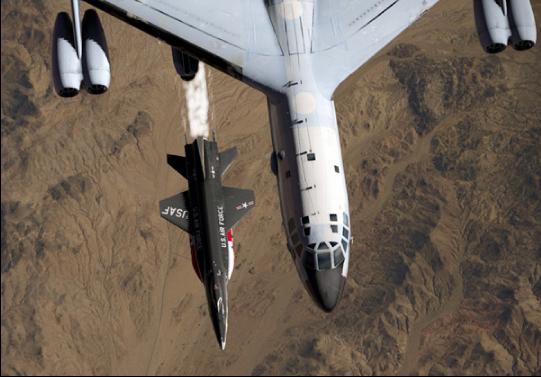 |
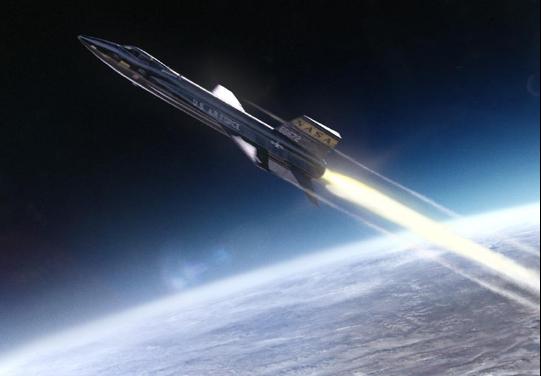 |
|||
X-15A-2 Launch. |
"Climb" by Simon Liechti. |
|||
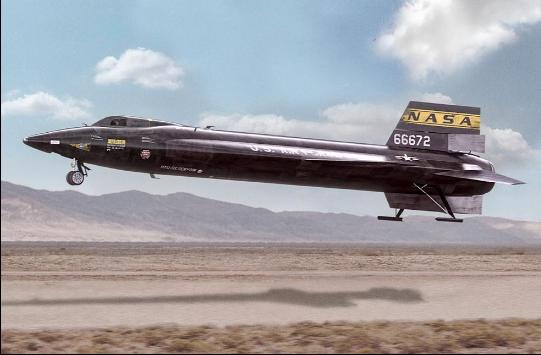 |
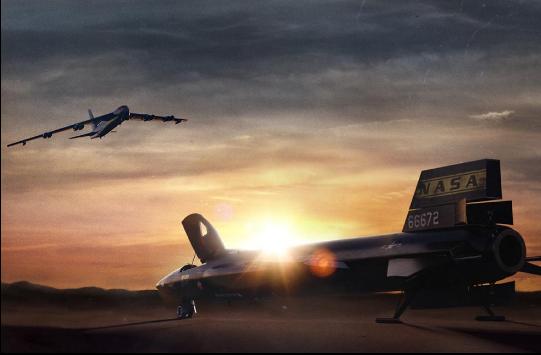 |
|||
"Landing" by Simon Liechti. |
"Mission Accomplished" by Simon Liechti. |
|||
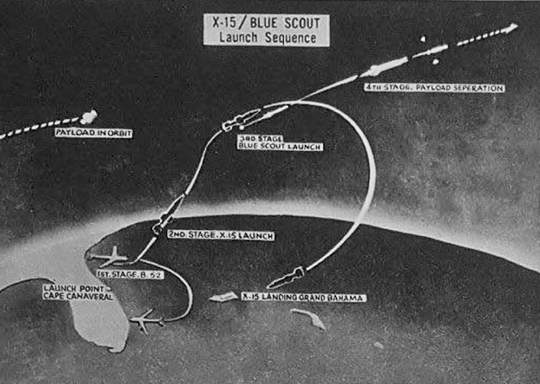 |
 |
|||
The X-15 was proposed to be the launcher for a Blue Scout rocket. The above diagram shows how the launch and orbital insertion were meant to unfold. |
A trading card illustration showing the X-15 launching the Blue Scout using a rail apparatus. The card mistakenly states that the X-15 mothership was the B-58. |
|||
 |
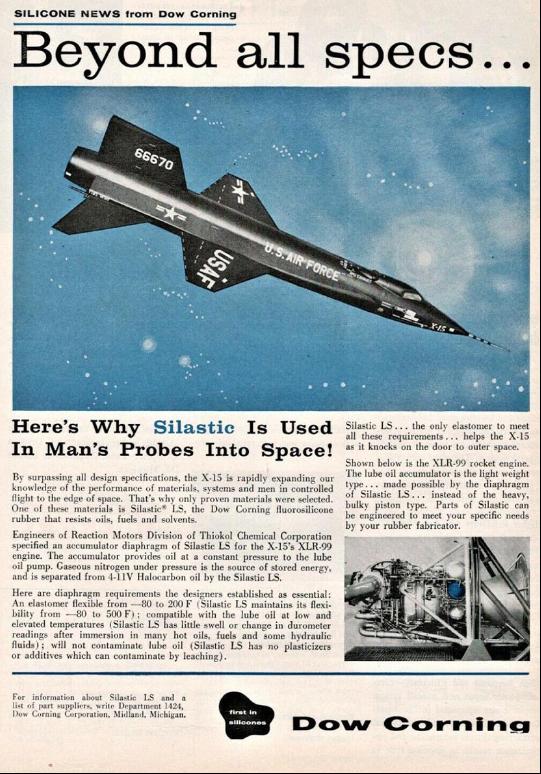 |
||||
The idea was floated of creating a 2-seat version of the X-15. |
|||||
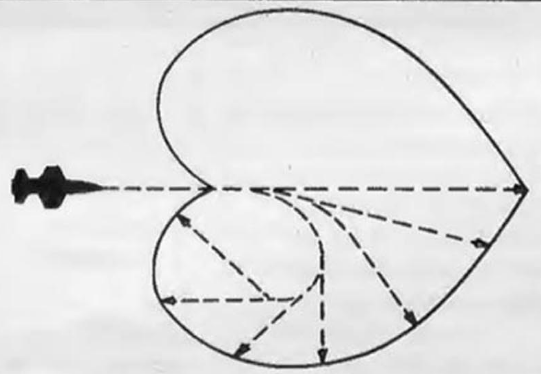 |
|||||
Illustration of the "cardioid." This showed where an X-15 could land based on it's current speed and altitude. It was unable to land directly beneath its own flight path. |
|||||
A Dow Corning advertisment about their contributions to the X-15 program. |
|||||
 |
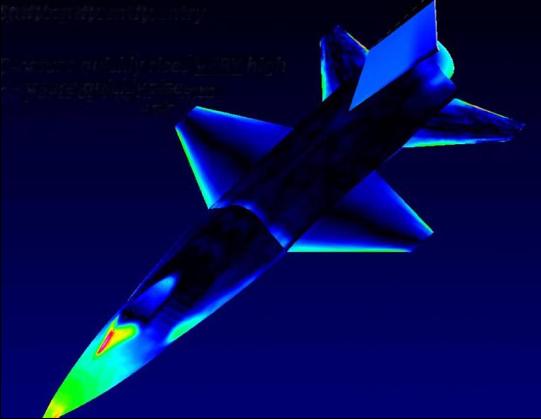 |
|||
Imagery of the heat effects on the X-15 structure during re-entry. |
Same type of image as at left, but showing the effects of re-entry pressure on the X-15. |
|||
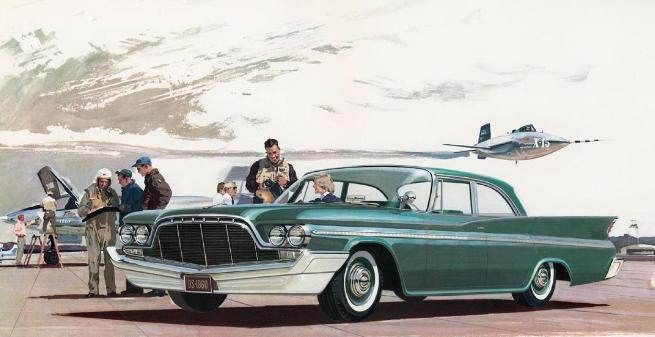 |
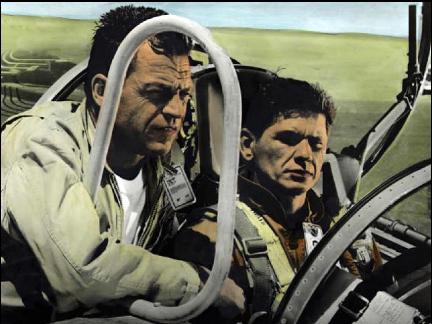 |
||||
David McLean and Charles Bronson in a colorized image from the 1961 movie "X-15." |
|||||
A 1960 DeSota Adventurer ad featuring an extremely low flying X-15! |
|||||
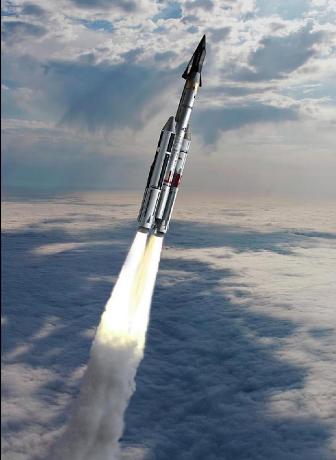 |
||||
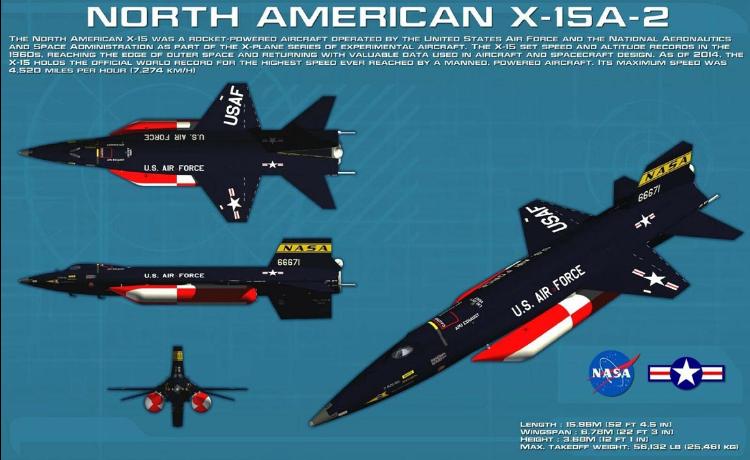 |
||||
Erik Simonsen envisioned the Titan IIIC with X-20. |
A graphic highlighting the X-15A-2 in 3-view and perspective. |
|||
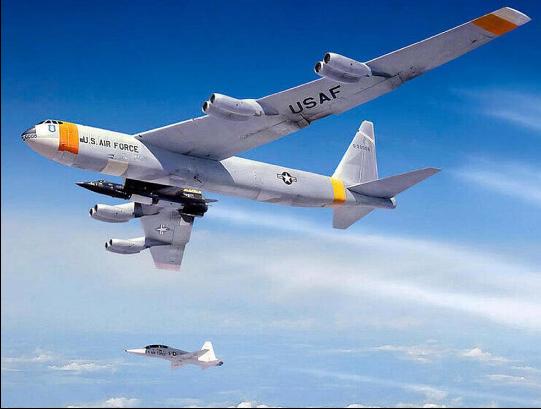 |
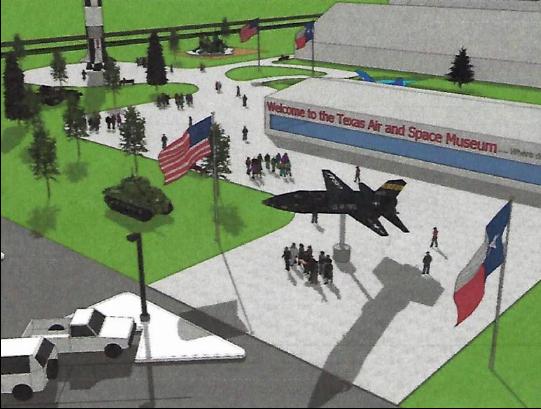 |
|||
"X-Men United" photo-realistic art by Peter Chilelli. |
A new Texas Air and Space Museum might feature a full-scale X-15 at its entrance. |
|||
— Development — |
||
 |
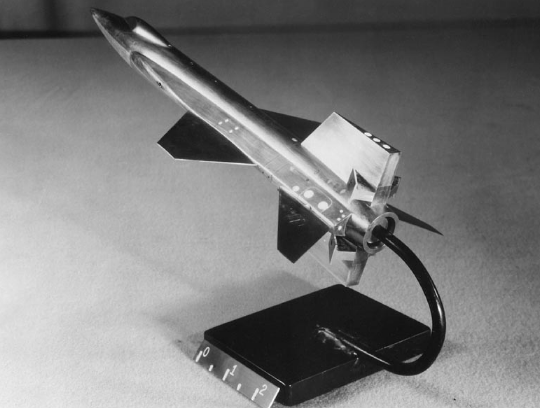 |
|||
Wind tunnel model of the original North American Aviation X-15 design. Langley Research Center |
Finalized design wind tunnel model. Note the upper speed brakes are extended. Langley Research Center |
|||
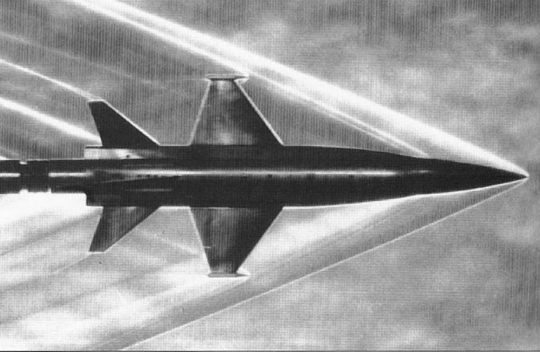 |
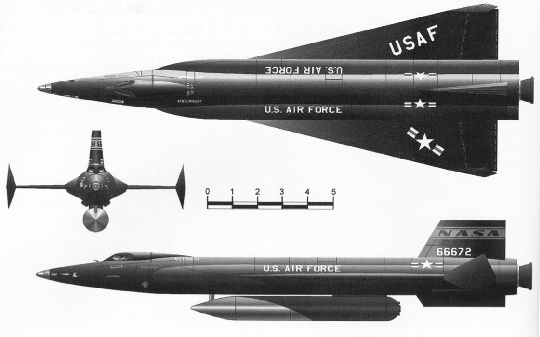 |
|||||
A delta wing X-15 with extended fuselage, LR-99 nozzle extension, winglets, and a centerline fuel tank. This was one possible advanced variant of the X-15. art by Igor Afansayev |
||||||
Schlieren photo of wind tunnel model of an X-15 with wing tip pods in place. Langley Research Center |
||||||
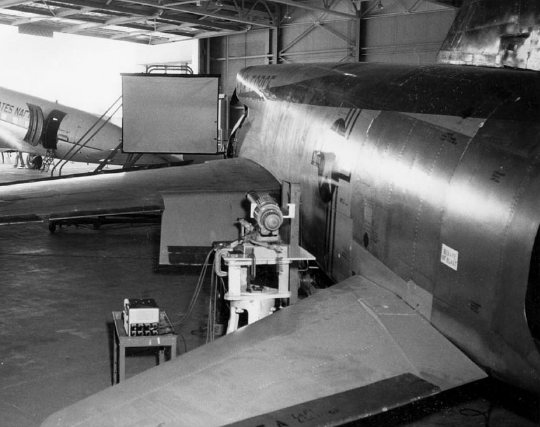 |
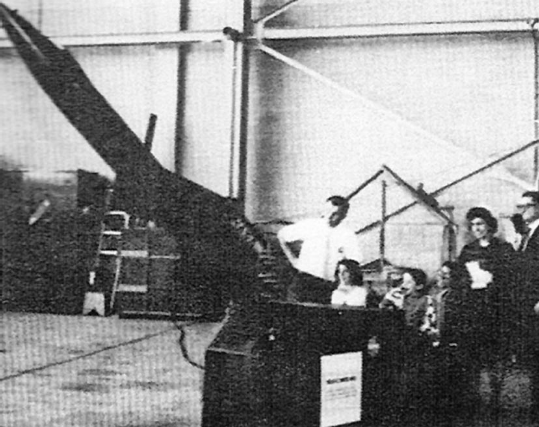 |
|||
Rear side view of the F-107 that was used to simulate X-15 landings. Armstrong Flight Research Center |
A large X-15 model was hooked up as a flight simulator for open house guests. Armstrong Flight Research Center |
|||
 |
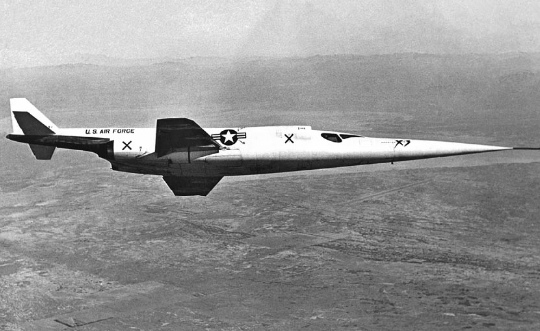 |
|||
The X-3 Stiletto in the hangar and in-flight. This vehicle was flown by future X-15 pilot Joe Walker. Edwards History Office |
||
 |
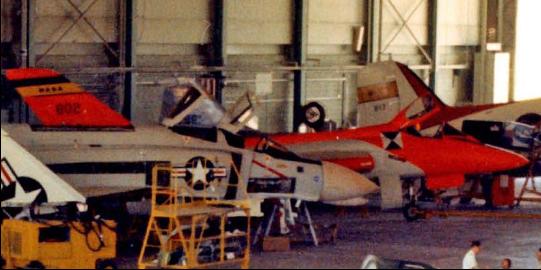 |
|||||||
F5D Skylancer was flown by X-15 pilots Armstrong, Knight, and Thompson in support of the X-20 Dyna-Soar program. Note B-52 no. 003 is parked behind the Skylancer Armstrong Flight Research Center |
||||||||
The dayglow orange Skylancer in the NASA hangar at Edwards. Armstrong Flight Research Center |
||||||||
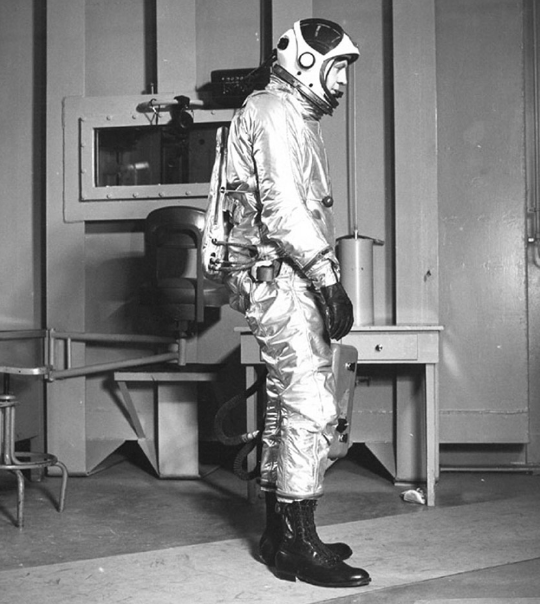 |
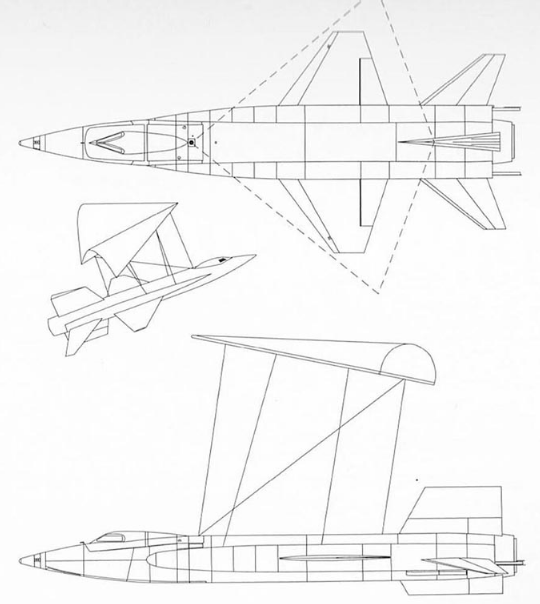 |
|||
An upgraded MC-2 pressure suit for the X-15 designated as the A/P-22S. Armstrong Flight Research Center |
The X-15 was set to test a Rogallo wing that was to be used on the Gemini spacecraft. art by Tony Landis |
|||
— Components — |
||
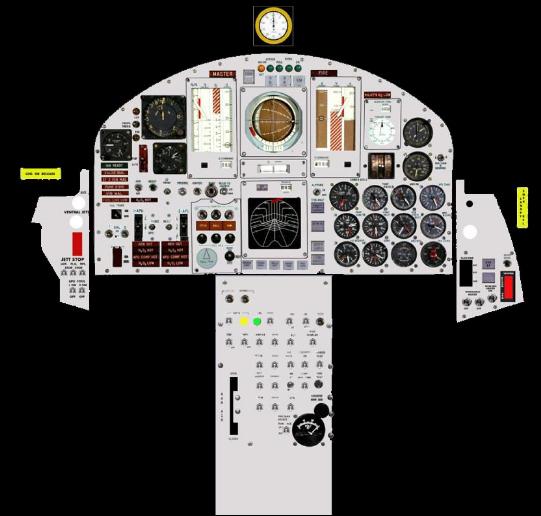 |
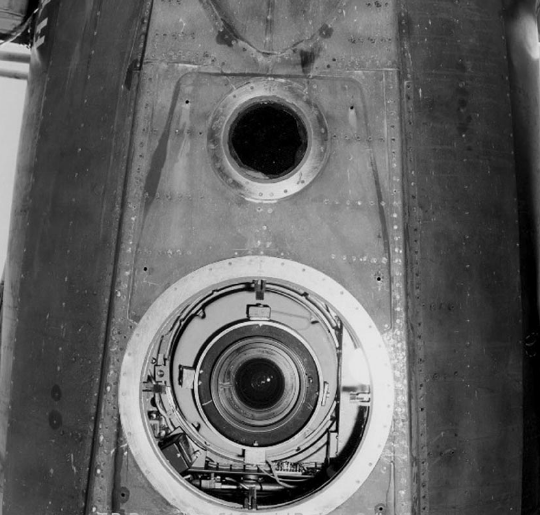 |
|||
The instrument panel from X-15 no. 3, as configured when the aircraft was lost. Armstrong Flight Research Center |
The KS-25 camera installed in the belly of X-15 no.1. Armstrong Flight Research Center |
|||
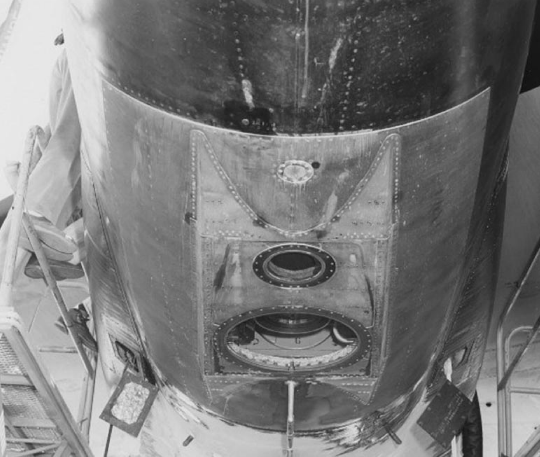 |
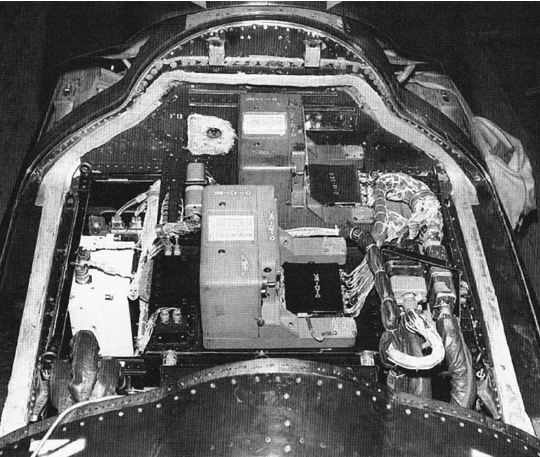 |
|||
An oblique angle image of the KS-25 camera in X-15 no. 1. Armstrong Flight Research Center |
The KS-25 camera as seen inside the X-15 equipment bay. Armstrong Flight Research Center |
|||
 |
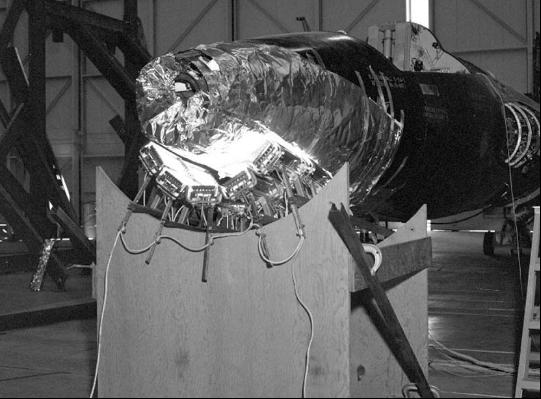 |
|||
The Photo Optical Degradation experiment installed on 27 Jun. 1963. Armstrong Flight Research Center |
An experiment on the underside of the X-15's nose to simulate re-entry heating. Armstrong Flight Research Center |
|||
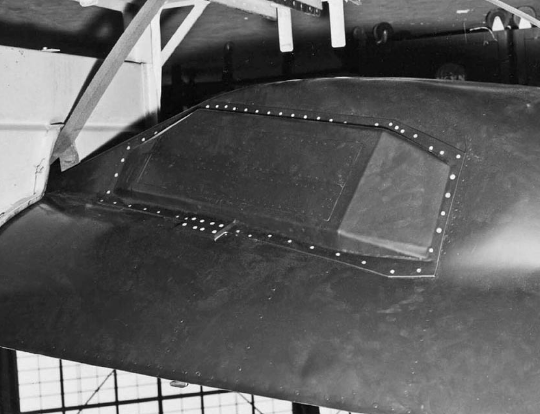 |
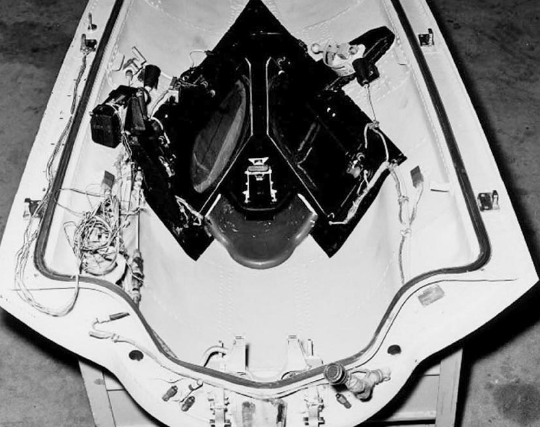 |
|||
The X-15A-2 canopy with the special eyelid installed to protect the left window from being coated with flowing ablative during high heat portions of flight. Armstrong Flight Research Center |
||||
Inside the X-15A-2 canopy, showing the new oval windows. Armstrong Flight Research Center |
||||
— Rocket Engines — |
||
 |
 |
|||
The double-stack LR-11 engines ready for a firing in the PSTS. Armstrong Flight Research Center |
The X-15, with the LR-99 installed, is on the B-52 pylon being readied for flight. Armstrong Flight Research Center |
|||
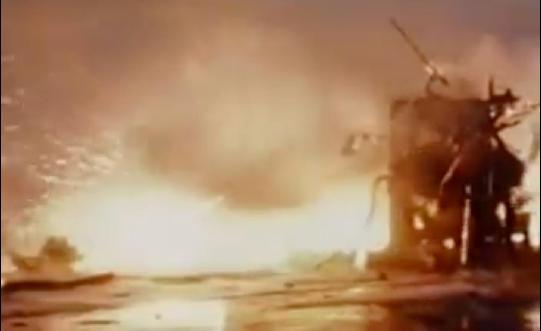 |
 |
|||
After the fuel line explosion on 8 Jun. 1960 that shattered X-15 no. 3 in the test stand, the fire rages on uncontrollably. NASA Headquarters |
||
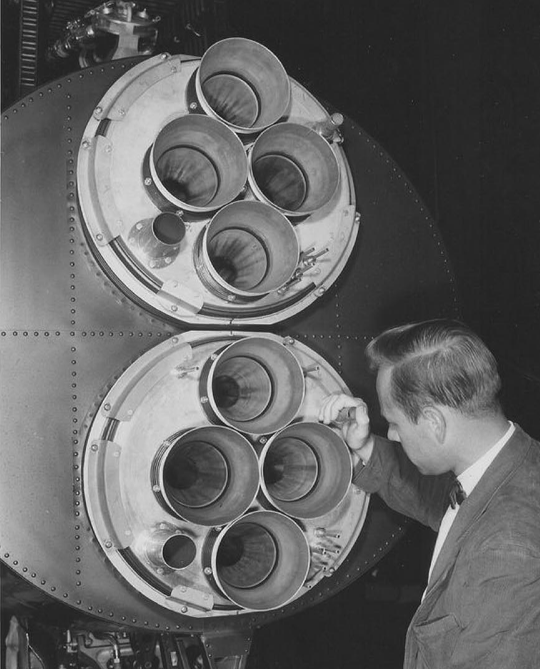 |
||||
 |
||||
Installation of the double-stacked XLR-11 rocket engines. Armstrong Flight Research Center |
The LR-11s installed and with the engine fairing in place. Armstrong Flight Research Center |
|||
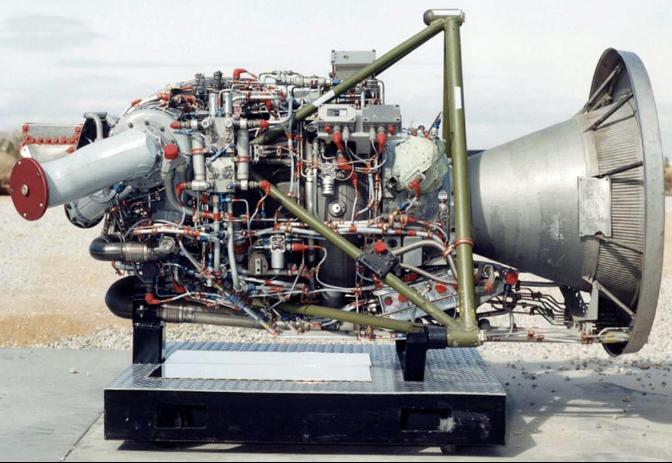 |
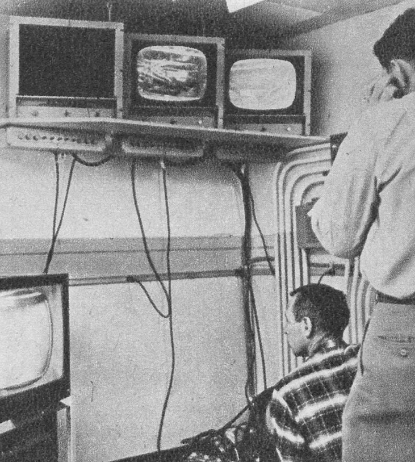 |
|||
Side view of the Reaction Motors XLR-99-RM-1. Armstrong Flight Research Center |
||||
Duke Silver and Ray Wood of NAA, in the PSTS blockhouse. North American Aviation |
||||
— The View From the X-15 — |
||
 |
||
The view from 155,900 feet, taken on flight 2-39-70 with Jack McKay on 22 Jun. 1965. Las Vegas, Nevada, is at bottom center, with Lake Mead extending to the upper left. Armstrong Flight Research Center |
||